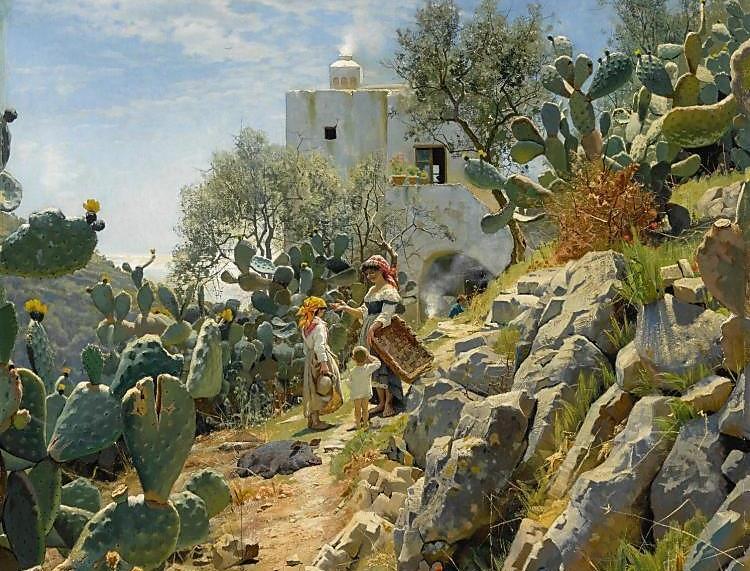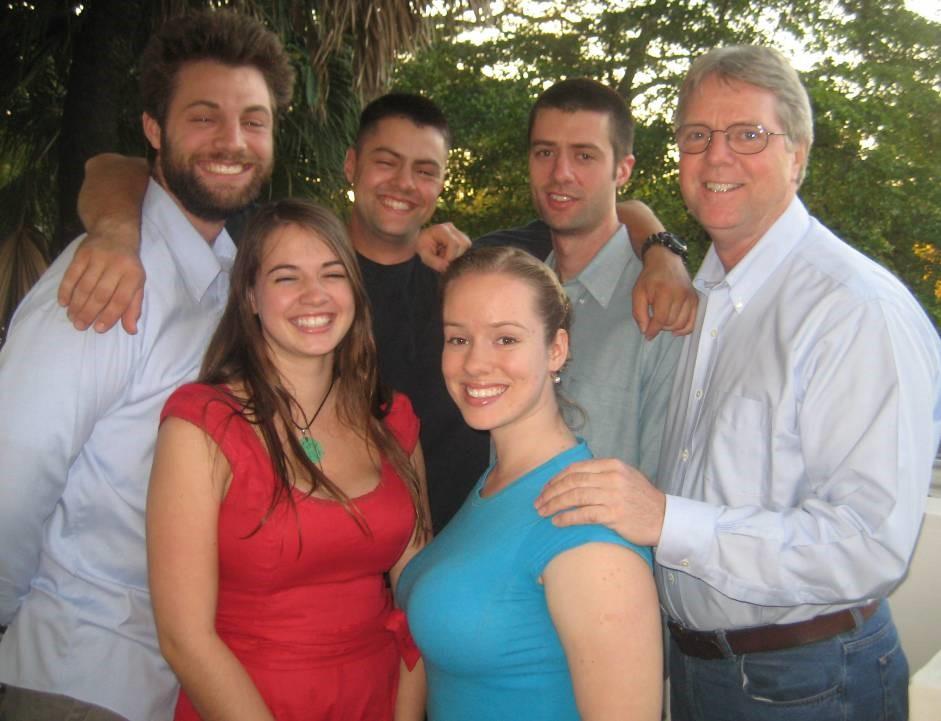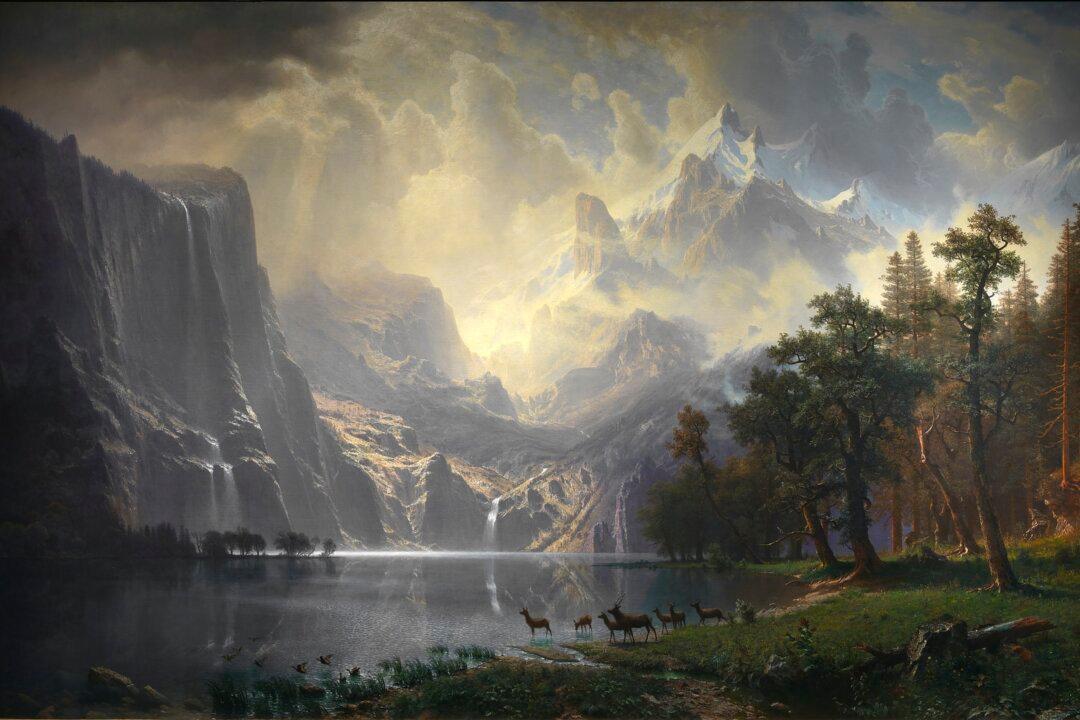Since retiring from the FBI, I have worked privately for large insurance companies recovering numerous pieces of stolen art worth millions of dollars. I often search auction-house websites, cruising through them, even when not for a case. Lovers of fine art do this.
A couple of years ago, I came upon a painting that truly captivated me and had the immediate urge to bid on it. This was “At Noon on a Cactus Plantation in Capri,” from 1885 by Peder Mork Monsted, a large piece, about 5 1/2 by 4 feet.






